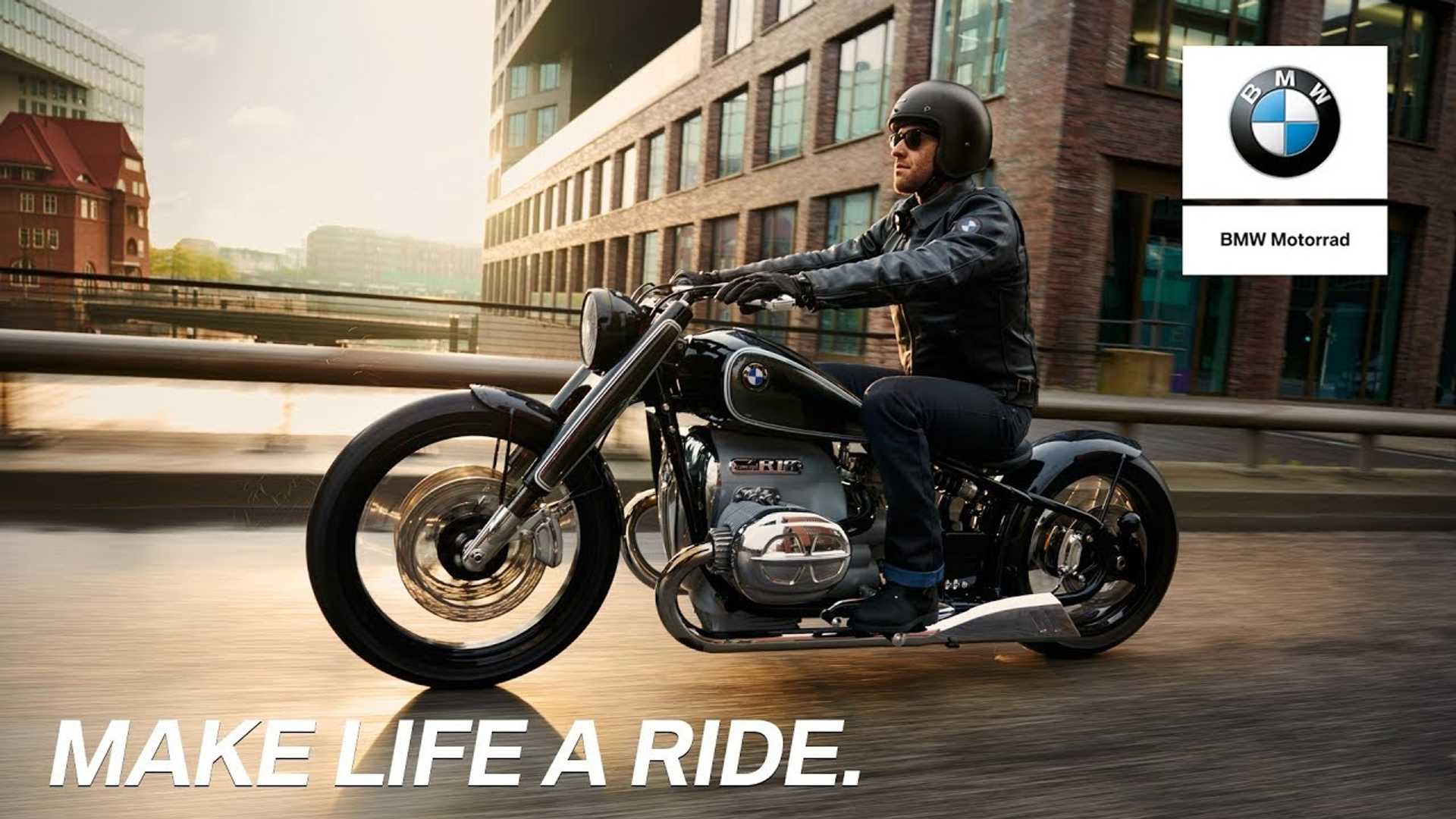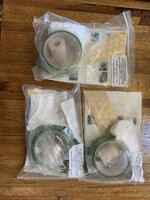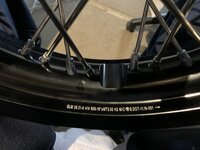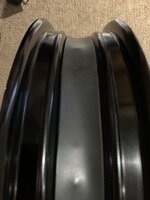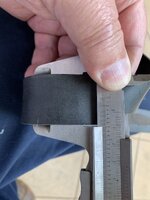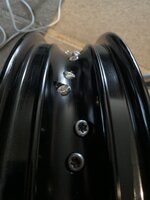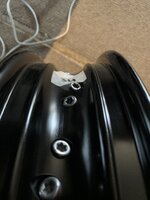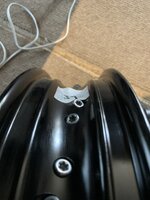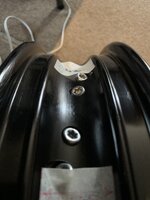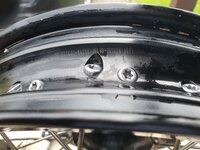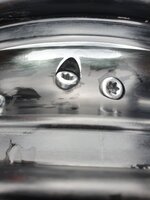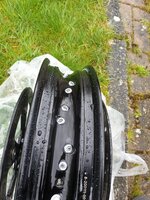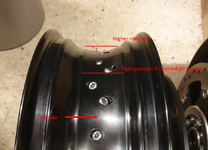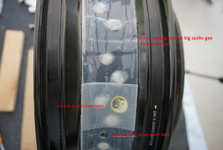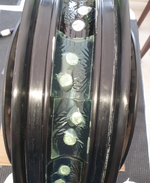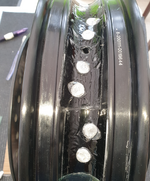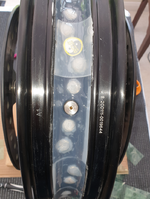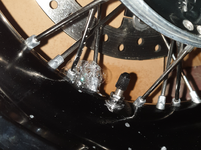Calboy
Active member
Good luck sealing spokes. I hope nothing bad happens to you.
What if a spoke or two break and you need to replace them?
Take the tires off and repeat the process?
Save up some bucks and buy the cast wheels. Problem solved! And they look awesome. Nothing to be ashamed of.
There are a lot of guys that spent thousands and thousands of dollars buying all kind of aftermarket parts and pieces, to "transform" these already beautiful bikes, yet when it comes to things that matter they go cheap.
I just can't understand that "philosophy".
My two cents...
What if a spoke or two break and you need to replace them?
Take the tires off and repeat the process?
Save up some bucks and buy the cast wheels. Problem solved! And they look awesome. Nothing to be ashamed of.
There are a lot of guys that spent thousands and thousands of dollars buying all kind of aftermarket parts and pieces, to "transform" these already beautiful bikes, yet when it comes to things that matter they go cheap.
I just can't understand that "philosophy".
My two cents...
